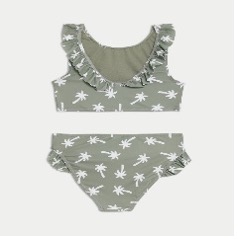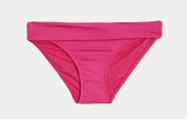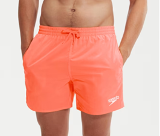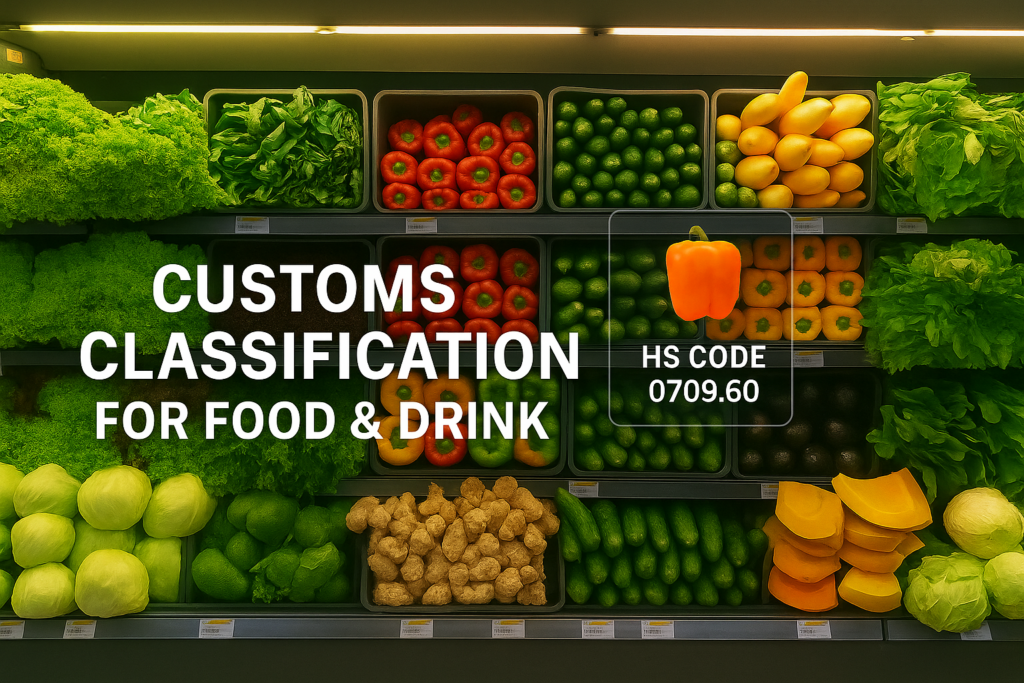When is swimwear not swimwear according to the tariff book?
Topics

Are you swimming through a sea of regulation and HS codes when it comes to classifying popular Summer products such as swimwear?
You may think that swimwear is swimwear, how many varieties can there be. A lot, let us tell you.
Here, we dive into the specifics of determining the correct tariff codes for various swimwear items, focusing on bikinis and swim shorts for men.
If you’re interested in the classification of other Summer products, take a look at our camping blog which breaks down how to classify other popular Summer items.
Bikini sets: Clear waters for classification
Let’s first take the example of a complete bikini set, consisting of both the top and bottom. This set falls under the category of swimwear in Chapter 6112.
According to the World Customs Organization (WCO) explanatory notes, swimwear includes “one piece or two-piece bathing costumes, swimming shorts, and trunks, whether or not elastic.” Therefore, a bikini set made from knitted fabric (87% Polyamide and 13% Elastane) fits snugly into this classification. The appropriate tariff code for such a set is 6112419000, with a duty of 12%.
Solo bikini tops: A different tide
 Classification becomes trickier when dealing with bikini tops sold separately. A bikini top with defined cup definition, even if crafted from the same fabric as a complete set, does not qualify as swimwear under Chapter 6112. Instead, it is classified as a brassiere under tariff code 6212109000, attracting a duty of 6%. The key differentiator here is the design element: if the top is designed to mold and support the bust with defined cups, it falls into the bra category.
Classification becomes trickier when dealing with bikini tops sold separately. A bikini top with defined cup definition, even if crafted from the same fabric as a complete set, does not qualify as swimwear under Chapter 6112. Instead, it is classified as a brassiere under tariff code 6212109000, attracting a duty of 6%. The key differentiator here is the design element: if the top is designed to mold and support the bust with defined cups, it falls into the bra category.
Similarly, a bikini top without defined cups also does not make the cut as swimwear. Lacking the necessary  features to be classified as a bra, this item is categorised under “Other Garments” with tariff code 6114300000, subject to a 12% duty. This distinction is crucial for importers to avoid misclassification.
features to be classified as a bra, this item is categorised under “Other Garments” with tariff code 6114300000, subject to a 12% duty. This distinction is crucial for importers to avoid misclassification.
Bikini bottoms: Smooth sailing
 In contrast, bikini bottoms sold separately can still be classified as swimwear. They fall under the same tariff code as a complete bikini set (6112419000) with a 12% duty. The WCO notes clearly state that swimwear includes trunks, which by interpretation and BTI rulings, extends to bikini bottoms. This provides a clear and consistent classification path for these items.
In contrast, bikini bottoms sold separately can still be classified as swimwear. They fall under the same tariff code as a complete bikini set (6112419000) with a 12% duty. The WCO notes clearly state that swimwear includes trunks, which by interpretation and BTI rulings, extends to bikini bottoms. This provides a clear and consistent classification path for these items.
Swim shorts: Navigating the details
 Classifying swim shorts presents its own set of challenges. For instance, swim shorts with non-fastening pockets, despite having an inner brief and elasticated waistband, do not qualify as swimwear under Chapter 6112. Instead, they fall under men’s shorts with tariff code 6203439000, attracting a 12% duty. The UK’s Tariff Garment Guide specifies that for swim shorts to be classified as swimwear, pockets must have a firm fastening system like zippers or Velcro.
Classifying swim shorts presents its own set of challenges. For instance, swim shorts with non-fastening pockets, despite having an inner brief and elasticated waistband, do not qualify as swimwear under Chapter 6112. Instead, they fall under men’s shorts with tariff code 6203439000, attracting a 12% duty. The UK’s Tariff Garment Guide specifies that for swim shorts to be classified as swimwear, pockets must have a firm fastening system like zippers or Velcro.

On the other hand, swim shorts that meet these criteria, featuring zip fastening pockets, do qualify as swimwear. These shorts are classified under tariff code 6211110000, with a 12% duty, reflecting their compliance with the detailed requirements set out in the UK guide.
Precision classification is key
In the realm of customs classification, precision is key. Understanding the detailed guidelines and explanatory notes ensures accurate tariff code assignments, helping avoid costly errors. For importers dealing with swimwear, grasping these nuances can streamline the process and ensure compliance.
At TariffTel, we have delved into the intricate terms associated with products, and designed our Item Types in our customs classification solution to be user-friendly. We eliminate the need for extensive research when classifying and reduce the risk of misclassification. This ensures your classification is accurate, done quickly and that you adhere to regulatory standards.
Want to understand more about classifying Summer products? Read our BBQ blog
Other Useful Resources
Incorrect tariff codes are draining your bottom line
Getting tariff codes right is the fastest way to boost margins Every year, businesses quietly haemorrhage pro...
5 customs classification mistakes that can get your business fined
Helping high-risk industries avoid expensive errors If your business imports goods - whether electronic compo...
Why technology is essential for food and drink classification
In today's complex trade environment, accurate product classification is more critical than ever for food and drink manu...



